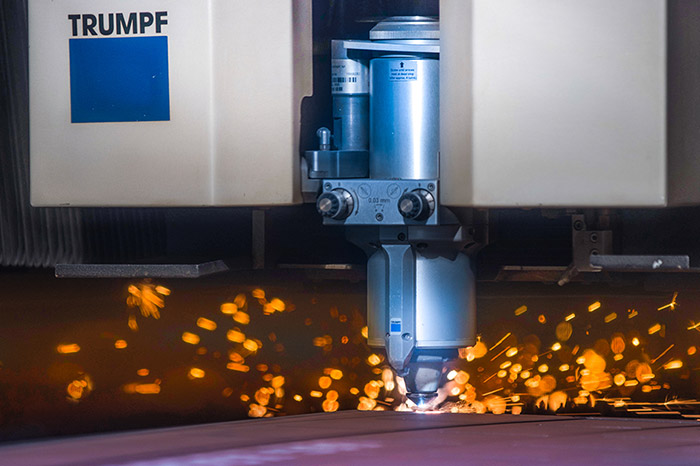Aluminum, a versatile and widely used metal, has become a staple material in various industries, including aerospace, automotive, construction, and electronics. To unlock its full potential, precise and efficient aluminum cutting techniques are essential. Whether in large-scale industrial applications or intricate custom projects, mastering the art of aluminum cutting is crucial for achieving high-quality results. Find here the best aluminium cutting service near me.
Understanding the properties of aluminum:
Before delving into aluminum cutting techniques, understanding the properties of the metal is paramount. Aluminum is known for its lightweight, corrosion resistance, and excellent thermal conductivity. These properties make it ideal for a wide range of applications but also pose unique challenges during the cutting process.
Selecting the right cutting tool:
Choosing the appropriate cutting tool is the first step in achieving precision and efficiency in aluminum cutting. High-quality carbide end mills or diamond-coated tools are commonly used for aluminum machining. These tools offer superior heat resistance and wear characteristics, ensuring longevity and consistent performance during the cutting process.
Speed and feed rates:
To achieve efficient aluminum cutting, optimizing the cutting parameters is crucial. Speed and feed rates play a significant role in the process. High-speed machining (HSM) techniques, which involve faster spindle speeds and feed rates, can significantly reduce machining time and increase productivity without compromising the quality of the finished product.
Lubrication and cooling:
Aluminum generates heat during cutting, which can affect tool life and workpiece integrity. Proper lubrication and cooling are essential to dissipate heat and prevent the build-up of aluminum chips. Using water-soluble coolants or air blast systems can help maintain consistent cutting temperatures and improve overall efficiency.
Tool path strategies:
Choosing the right tool path strategy is vital for precise aluminum cutting. Techniques such as trochoidal milling or high-efficiency milling (HEM) ensure a smooth and continuous cutting motion, minimizing vibrations and tool deflection. These strategies result in improved surface finish and dimensional accuracy.
CNC machining and automation:
In modern manufacturing, computer numerical control (CNC) machining has revolutionized aluminum cutting. CNC machines allow for precise control of cutting parameters, reducing human errors and enabling the production of complex and intricate designs with exceptional precision. Automation further enhances efficiency by streamlining production processes and reducing downtime.
